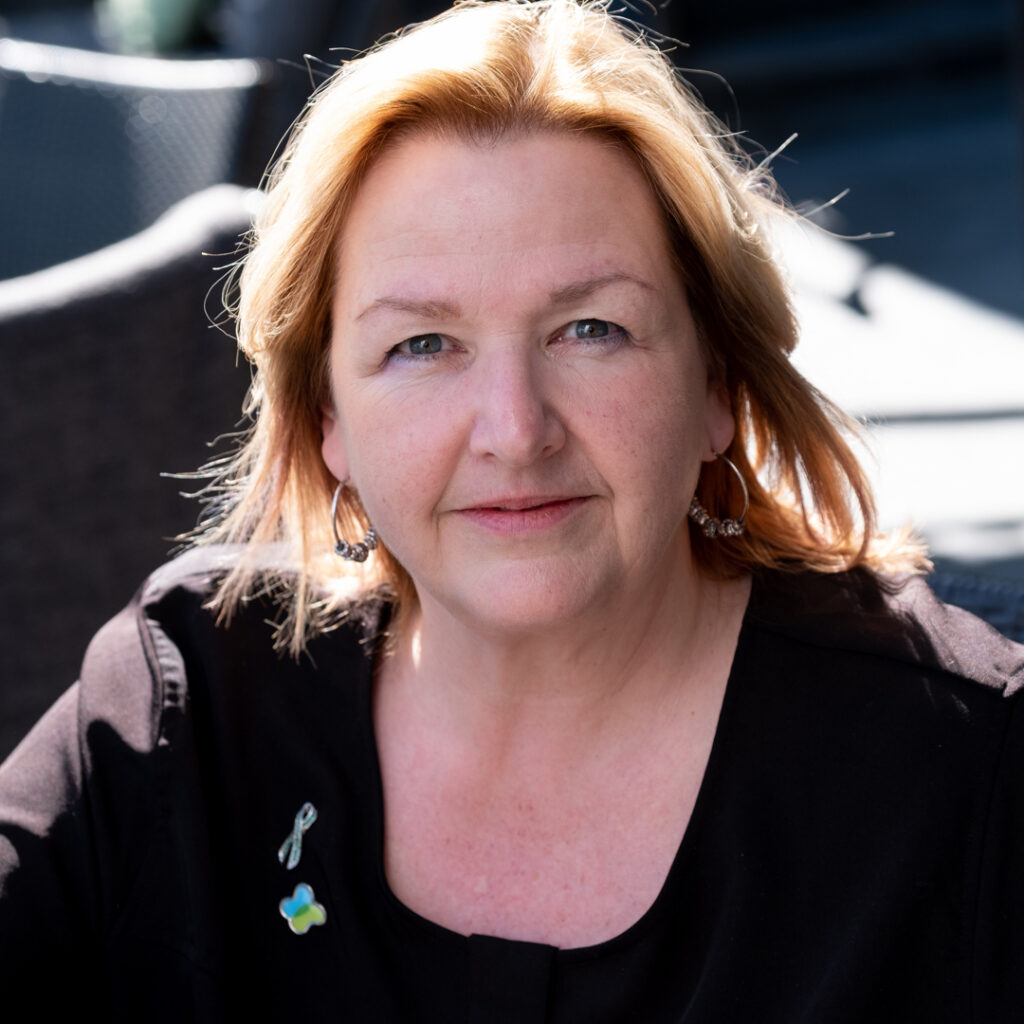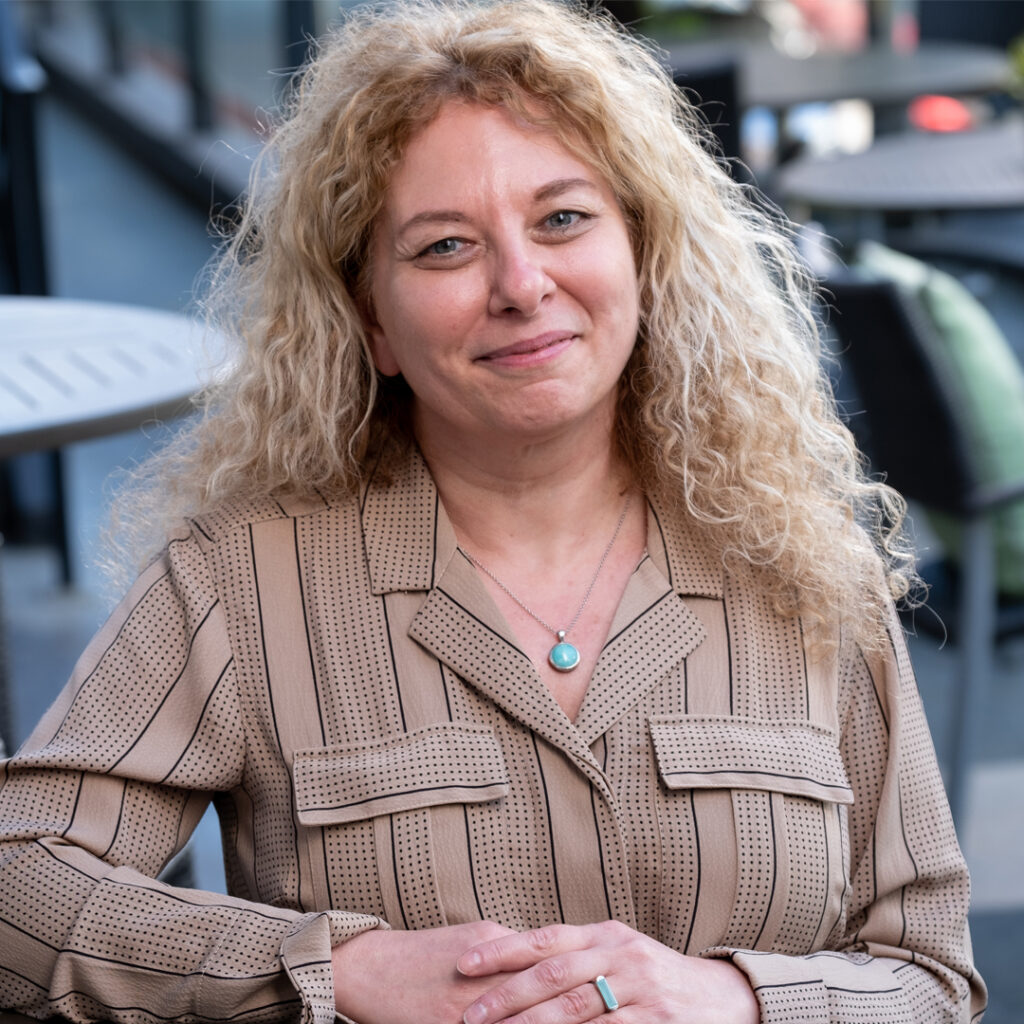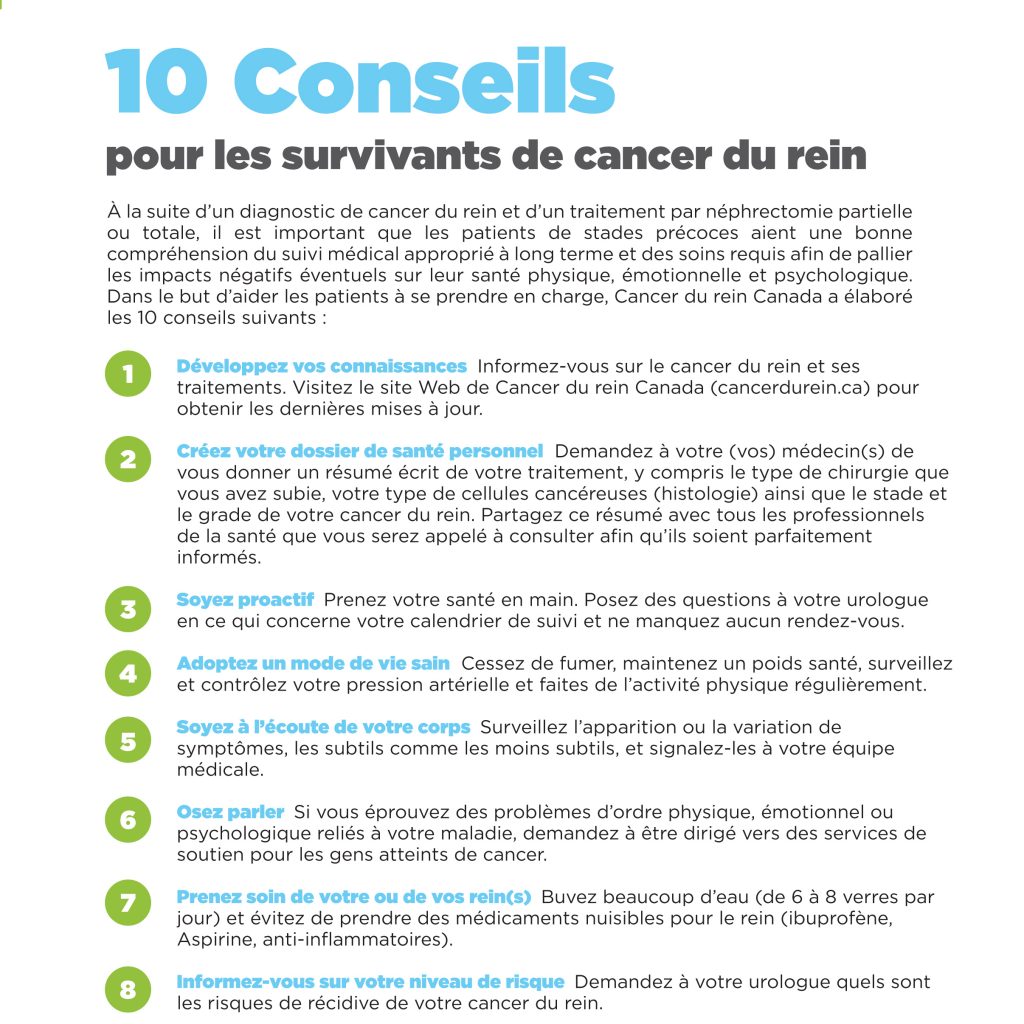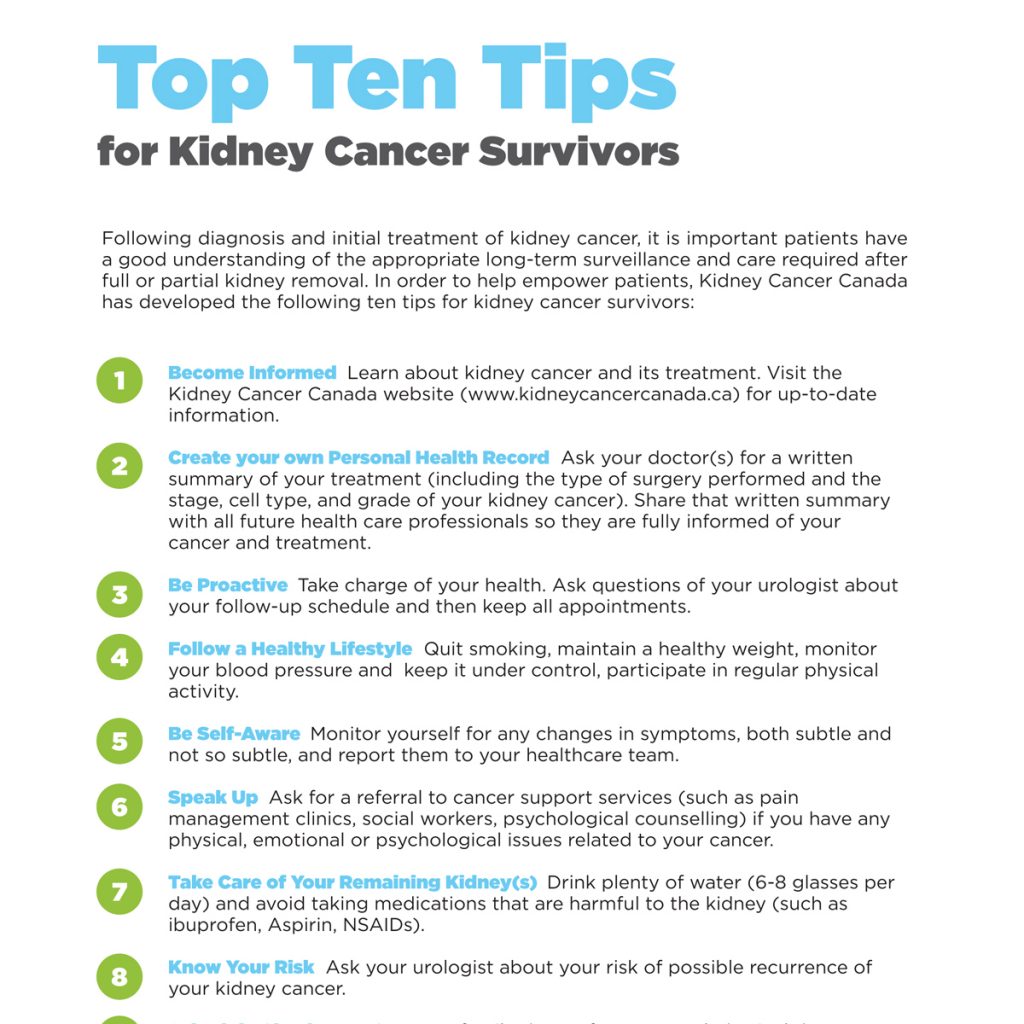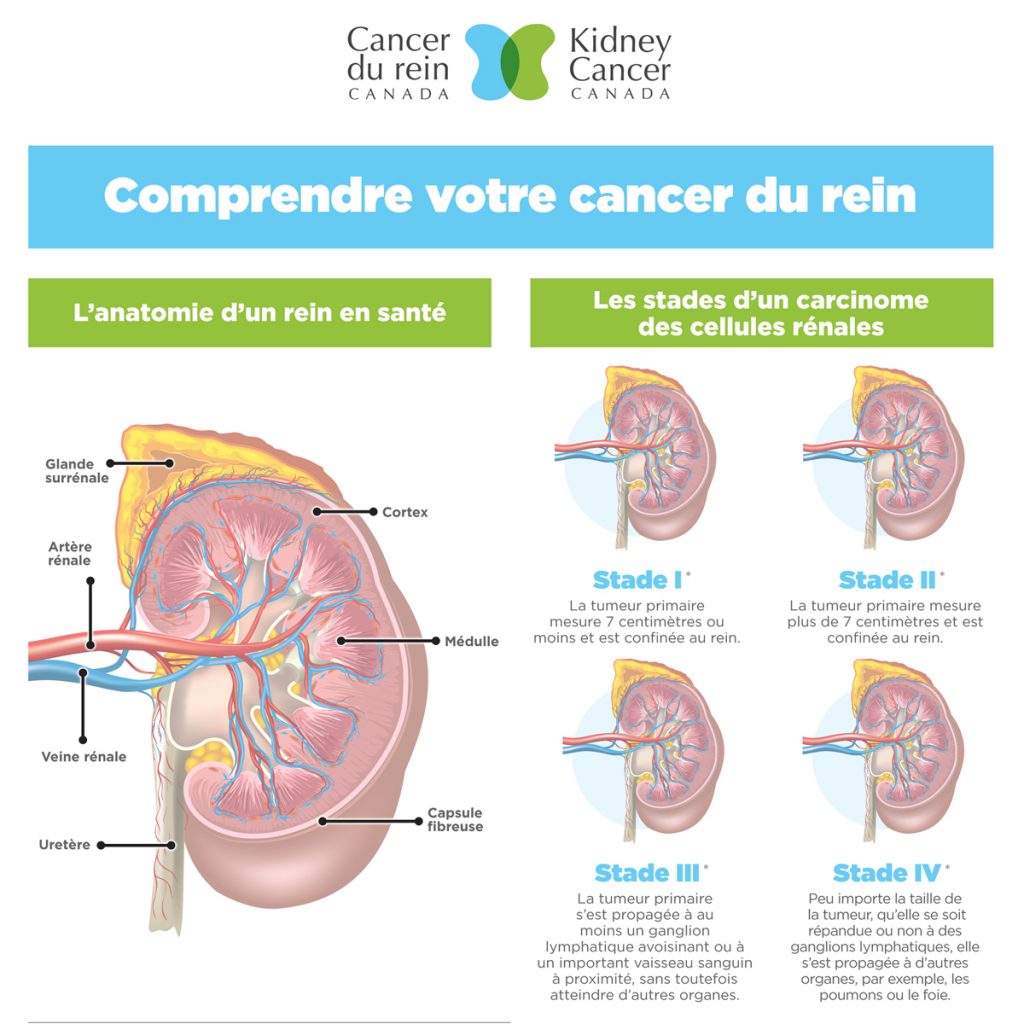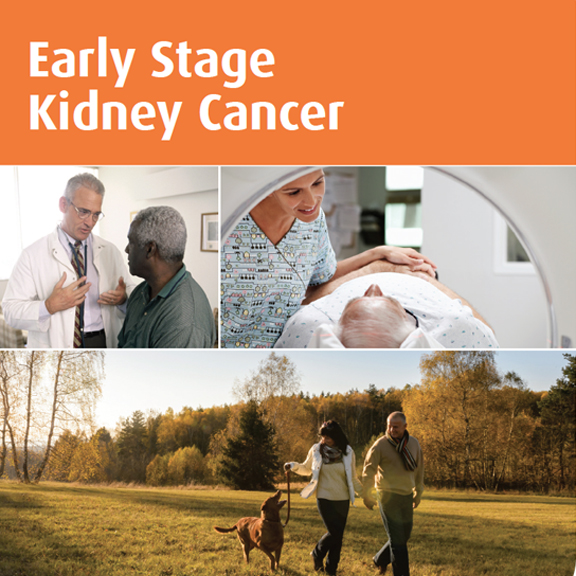
GU-ASCO 2019 Highlights
Source: International Kidney Cancer Coalition
Note: The following summary was prepared by patient advocates for the benefit of patient organisations who focus on kidney cancer. While this summary has been medically reviewed, the information contained herein is based upon public data shared at this meeting and is not intended to be exhaustive. Patients should ask their physician about any information that pertains to their care.
The Genitourinary Cancers Symposium (often called “GU ASCO”) was held in San Francisco, USA Feb 14-16 2019, and had a challenging and exciting programme. In this report we will highlight some of the presentations which were of particular interest with respect to the kidney cancer community. Several new trials reported, and a subgroup analysis of a trial reported last year also revealed new insights and suggestions for treatment of metastatic RCC.
Approximately 4000 people attended physically, but several hundred other people attended virtually. Saturday Feb 16th was almost entirely dedicated to kidney cancer, and researchers, urologists, and medical oncologists over the whole world followed the news and presentations through social media and news reports.
The much anticipated session was the reports of several major clinical trials.
Combination therapies of immunotherapy with targeted therapy (tyrosine kinase inhibitors) will likely become the next standard of care.
KEYNOTE 426, a phase III study enrolling patients with untreated clear cell kidney cancer, tested the combination of the anti-PD-1 immunotherapy agent pembrolizumab (Keytruda) plus the TKI axitinib (Inlyta) against sunitinib (Sutent) in 861 patients. The study was designed to assess overall survival and progression-free survival (time to when disease starts growing again) as well as overall shrinkage rate. The combination showed improvement in survival and progression-free survival, as well as overall shrinkage rate. The complete response rate (rate of complete disappearance of all tumour sites) was 6 percent. The combination was also fairly well tolerated, with only 8.2% of patients needing to stop treatment altogether because of treatment-related side effects. Looking at the risk factor stratification (good, intermediate, poor), the combination showed improvement in all risk strata, which is different from the Checkmate 214 study for ipilimumab and nivolumab, where the benefit arose only in the intermediate and poor risk groups. Tom Powles (Barts Cancer Institute, London, UK) concluded “The Pembro-Axi combination broadly outperformed sunitinib consistently in all key groups”. This combination will likely become a new standard of care for all patients with untreated clear cell kidney cancer. A USA approval may be coming sometime in June 2019.
The JAVELIN 101 study (Abstract 544) tested the combination of the anti-PD-L1 agent avelumab (Bavencio) in combination with axitinib against sunitinib in 886 patients with previously untreated kidney cancer. The study was designed to assess overall survival and progression-free survival (time to when disease starts growing again) as well as overall shrinkage rate. The combination showed improvement in progression free survival, as well as overall shrinkage rate. The overall survival endpoint had not been reached at the time these data were presented. The complete response rate was around 3 percent in the avelumab plus axitinib arm. Fewer than 8 percent of patients had to stop both treatments because of toxicity. When compared to the Keynote 426 study, these data appear slightly weaker, especially in absence of an overall survival signal, but this endpoint may be met in upcoming data analyses. This combination will quite possibly also receive an approval in the USA in June 2019 as well.
The KEYNOTE 427 cohort B study (Abstract 546) provided promising data for patients with non-clear cell renal cell carcinoma. 165 patients with non-clear cell kidney cancer received pembrolizumab. This study included patients with papillary, chromophobe and unclassified kidney cancers. The response rate was 25 percent, of which 5 percent had a complete response. It appeared that papillary kidney cancer responded better (25 percent response rate) than chromophobe disease (9.5 percent response rate). Six percent of patients stopped treatment due to side effects. This study provides us with hope that patients with non-clear cell kidney cancer can also benefit from emerging IO agents.
Good news also for patients with RCC of non-clear cell subtype or at least 20% sarcomatoid characteristics, historically associated with poor prognoses. Rana McKay (UC San Diego, USA) presented a 60-patient strong multicenter phase II trial (42 patients with non-clear cell renal cell carcinoma and 18 patients with clear cell renal cell carcinoma with more than 20% sarcomatoid differentiation) studying the combination of atezolizumab, a PD-L1 inhibitor, with bevacizumab, an anti-VEGF agent. 34% patients had a good response on this combination, and another 23% had stable disease on this treatment, so collectively 57% patients had clinical benefit. Two interesting preliminary points were made that require more research; (1) patients whose tumours stained positive for PD-L1 responded better to this combination, and (2) only 1 of the 10 patients who had tumours of the chromophobe subtype responded at all, suggesting that this subtype may be impervious to this treatment.
Last year the TRACERx Renal Consortium provided the clearest current insight into the process of transition that a localized kidney tumour undergoes to progress to metastatic disease. The data generated strongly suggested that that tumours develop new mutations early on in their development that determine whether they will be capable of metastasis or not. This early characteristic would be very useful to define, since it might determine how closely a patient is followed after treatment. In this year’s update of that data, Dr. Truajlic scrutinized the genetic differences in these tumours that determine whether a small part of that tumour (a “clone”) will be able to metastasise or not. She noticed that in this group of patients, the tumours that metastasized tended to have lost two parts of their genome: chromosome arms 9p (home to a tumour suppressor gene called p16) and 14q (home to the HIF1A gene, known to be commonly lost in RCC). She confirmed that these losses were not typically found in good-risk tumours, but were closely associated with reduced survival, high grade disease, and rapid metastatic progression. Furthermore, she showed that these patients gained little benefit from surgery. Since researchers are always looking for ways to predict how a tumour will grow, it will be interesting to see if these findings hold true in an independent set of patients. If so, it could mean future screening of the tumours for these chromosome arms as a prognostic indicator.
So overall exciting progress in kidney cancer!




